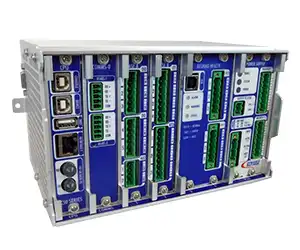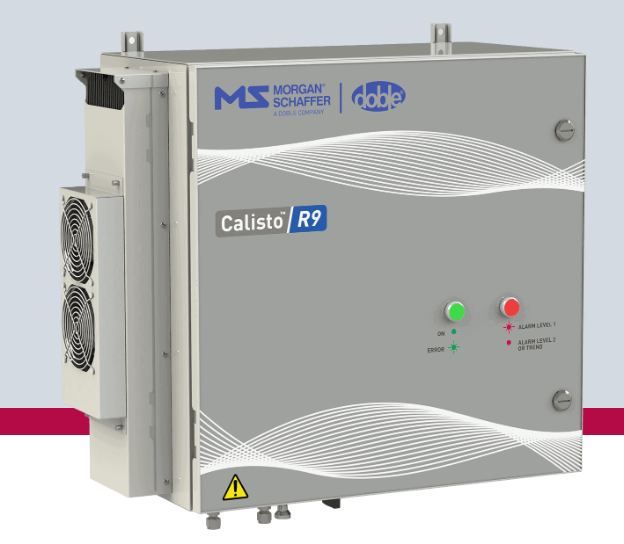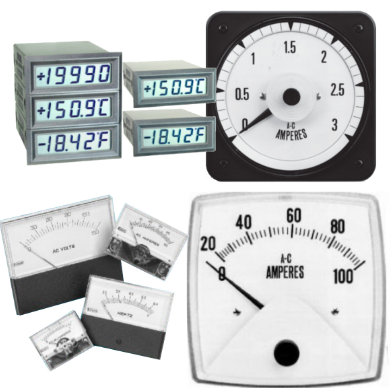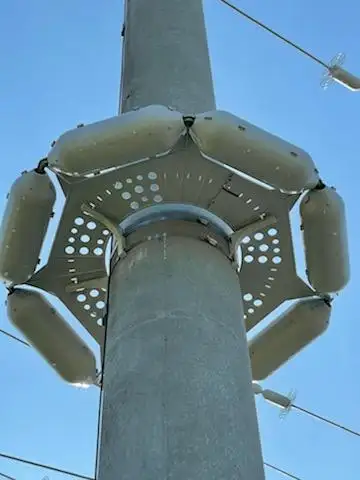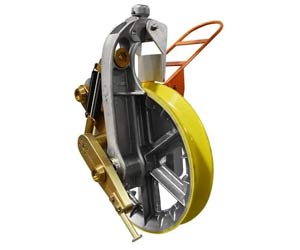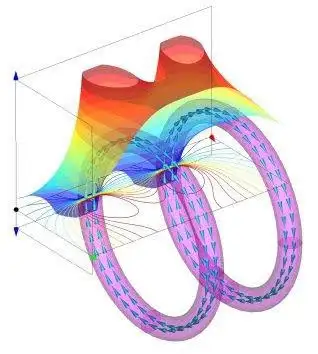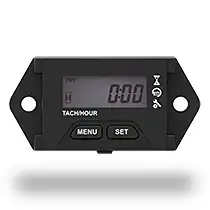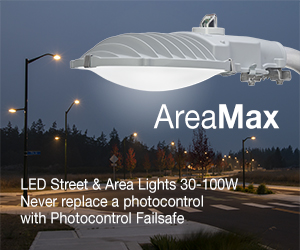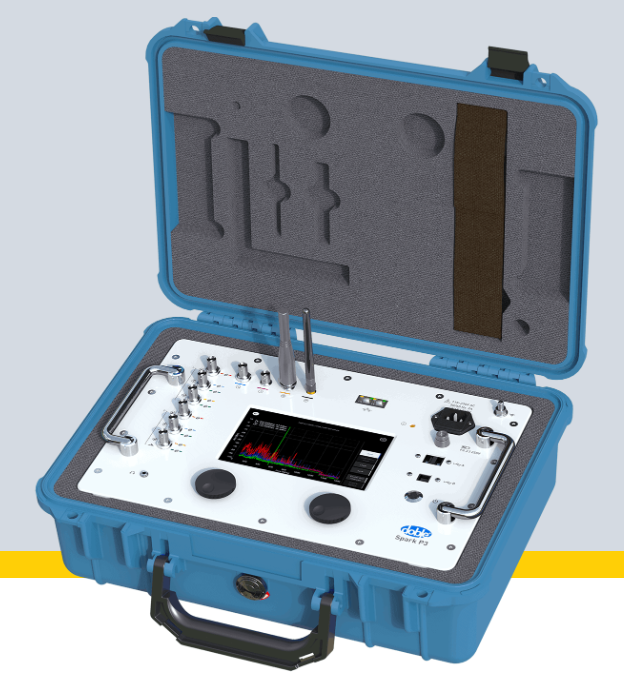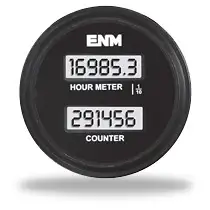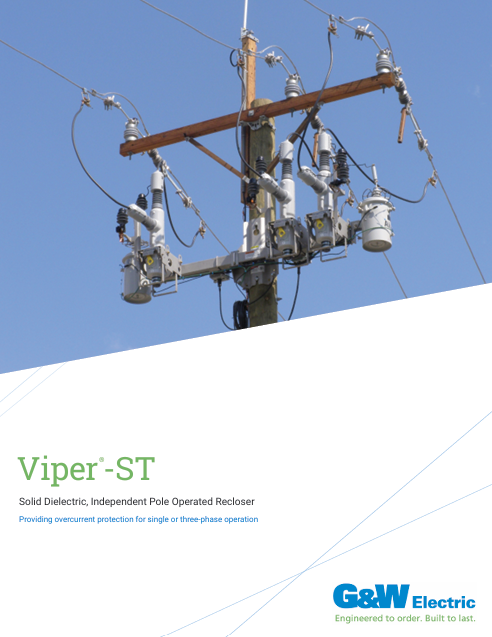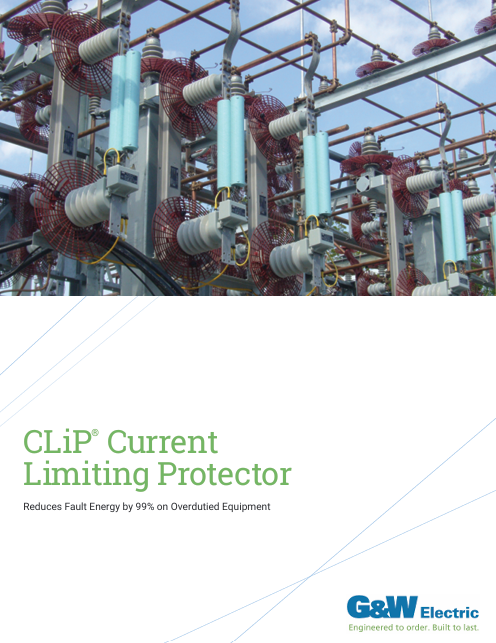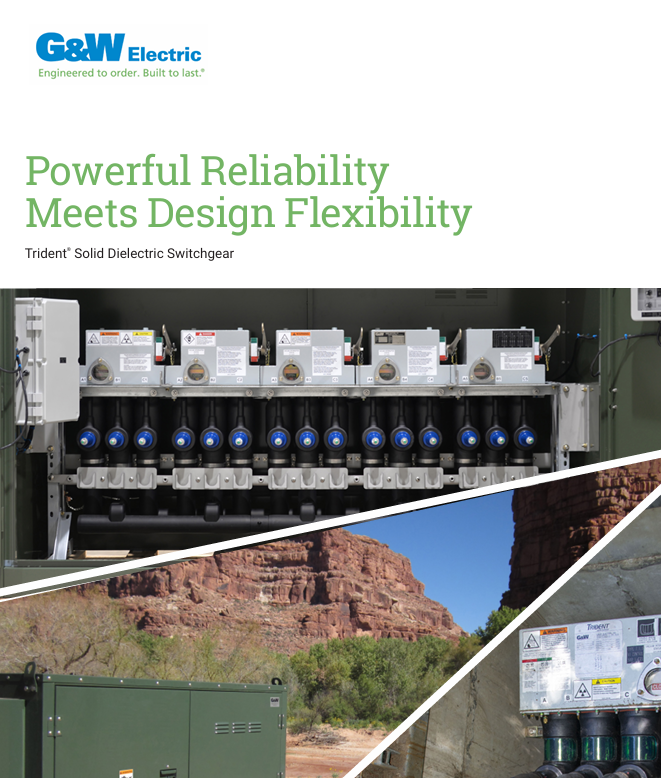Solar Energy Storage: component of a sustainable energy
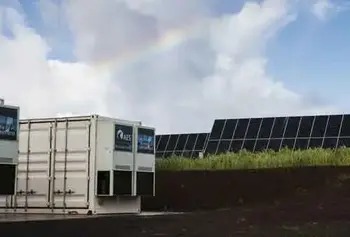
Solar energy storage (SES) is a critical component of a sustainable energy future. By allowing for the storage of excess solar energy, SES systems provide a reliable source of energy even when the sun isn't shining, reducing reliance on traditional power grids and fossil fuels. While battery storage is the most popular form of SES, other technologies, such as thermal and pumped hydro storage, have advantages and are increasingly used for large-scale energy storage. With ongoing advancements in battery technology and energy management systems, the future of SES looks bright, and the potential for a more sustainable and renewable energy future is within reach.
What is solar energy storage?
Solar energy storage is storing excess energy produced by solar panels during the day in batteries or other storage devices to be used later when there is little or no sunlight. SES systems are essential for homeowners, businesses, and utilities to ensure a reliable and consistent electricity supply even when the sun isn't shining.
SES is storing excess energy produced by solar panels during the day in batteries or other storage devices to be used later when there is little or no sunlight. SES systems are essential for homeowners, businesses, and utilities to ensure a reliable and consistent electricity supply even when the sun isn't shining.
Battery storage is the most common type of SES system. It stores excess solar energy in a battery system for later use. Lithium-ion batteries are the most commonly used batteries for SES. These batteries have a high energy density, are lightweight, and have a long lifespan, making them an ideal choice for SES.
Charge controllers are used to ensuring the proper functioning of battery storage systems. Charge controllers regulate the flow of electricity from the solar panels to the battery, preventing overcharging and discharging of the battery. In addition to batteries, other SES technologies include pumped hydro, thermal storage, and compressed air.
Hybrid solar systems are a combination of solar panels and battery storage. These systems provide both immediate energy production and energy storage for later use. This makes them ideal for areas that experience fluctuations in sunlight and need backup power.
Solar battery storage is a critical component of solar energy systems. It allows solar power to be stored and used when needed, providing a reliable energy source even when the sun isn't shining. With solar plus storage, homeowners and businesses can power their properties with clean, renewable energy without relying on the power grid.
One of the most significant advantages of SES is that it can help reduce reliance on traditional power grids and increase energy independence. This is particularly important in areas with limited access to traditional electricity sources. In addition, by storing solar energy in batteries, homeowners and businesses can generate electricity without using fossil fuels, reducing their carbon footprint and contributing to a cleaner environment.
In addition to environmental benefits, SES can also provide economic benefits. By storing excess energy produced by solar panels during the day, homeowners and businesses can reduce their reliance on expensive grid electricity, ultimately lowering energy bills.
When choosing the best method of storing solar energy, several factors must be considered. These include efficiency, cost, and environmental impact. In addition, different types of SES systems, such as battery, thermal, and pumped hydro, have their advantages and disadvantages, depending on the user's specific needs.
Battery storage is the most popular form of SES thanks to its efficiency and ease of use. However, other technologies like pumped hydro and thermal storage may be more effective in specific situations. For example, pumped hydro storage can provide large-scale energy storage, making it ideal for utilities.
Technological advancements are being made in the field of SES, with new developments in battery technology and power electronics leading the way. These advancements are increasing the efficiency of SES systems, reducing costs, and improving their environmental impact.
Solar energy storage is a critical component of a sustainable energy future. It allows homeowners and businesses to generate clean energy, reduce reliance on traditional power grids, and contribute to a cleaner environment. With the increasing demand for renewable energy sources, SES will play an increasingly important role in the future.
Is solar battery storage worth it?
Yes, solar battery storage is worth it for many homeowners and businesses. Solar battery storage allows for excess solar energy to be stored for later use, which can reduce reliance on the traditional power grid and lower energy bills. Additionally, solar battery storage can provide backup power during a power outage, making it a worthwhile investment for those prioritizing energy independence and reliability.
What is the best way to store solar energy?
The best way to store solar energy depends on the user's specific needs. Different SES systems, such as battery, thermal, and pumped hydro, have advantages and disadvantages depending on efficiency, cost, and environmental impact. For most homeowners and businesses, battery storage is the most practical and effective way to store solar energy, thanks to its efficiency and ease of use.
Can solar energy be stored for a long time?
Yes, solar energy can be stored for a long time, provided it is stored in an effective storage device, such as a battery or thermal storage system. Lithium-ion batteries, for example, can store solar energy for several hours or even days, depending on the size of the battery system. Thermal storage systems like molten salt storage can store solar energy for extended periods.
What are the most effective solar energy storage methods for residential or commercial use?
The most effective SES methods for residential or commercial use are battery and thermal storage. Battery storage is the most popular form of SES thanks to its efficiency and ease of service. Lithium-ion batteries are commonly used for residential SES, while larger-scale commercial projects may use other types of batteries or thermal storage systems. Thermal storage systems like molten salt storage are more effective for large-scale energy storage, making them ideal for utilities and large commercial properties.
How do different solar energy storage systems, such as battery, thermal, and pumped hydro, compare efficiency and cost?
Different SES systems have advantages and disadvantages, depending on efficiency and cost. Battery storage is the most popular form of SES thanks to its high efficiency and ease of use. However, battery systems can be expensive, particularly for large-scale projects. Thermal storage systems are more efficient for large-scale energy storage but can also be costly to install and maintain. Pumped hydro storage is a practical energy storage for utilities, but it can be expensive to build and may have environmental impacts.
What are the environmental benefits and drawbacks of using solar energy storage to power homes and businesses?
The environmental benefits of using SES to power homes and businesses are significant. By reducing reliance on fossil fuels, SES can help reduce greenhouse gas emissions and contribute to a cleaner environment. However, the production and disposal of battery systems can also have environmental impacts, mainly if they are not properly recycled or disposed of. Additionally, producing solar panels and storage devices may require non-renewable resources and energy, which can have environmental consequences.
How can solar energy storage help to reduce reliance on traditional power grids and increase energy independence?
SES can help reduce reliance on traditional power grids by allowing homeowners and businesses to generate clean energy rather than relying solely on the grid. By storing excess solar energy in batteries or other storage devices, solar energy users can access a reliable energy source even when the sun isn't shining, reducing the need for grid electricity. This can also lead to greater energy independence and a more sustainable energy future.
What technological advancements are being made in SES, and how might these impact the future of renewable energy?
Significant technological advancements are being made in the field of SES, particularly in developing more efficient and cost-effective battery systems. New battery chemistries and designs, such as solid-state and flow batteries, can further increase the efficiency and lifespan of SES systems. Additionally, advancements in power electronics and energy management systems are improving the integration and control of SES systems with the grid. These advancements will likely lead to more widespread adoption of solar energy and increased use of renewable energy sources in the future.
On-Site Training
Interested in cost effective, professional on-site electrical training?
We can present an Electrical Training Course to your electrical engineering and maintenance staff, on your premises, tailored to your specific equipment and requirements. Click on the link below to request a Free quotation.
EF PARTNER MEDIA
Product Showcases
Shared Media

